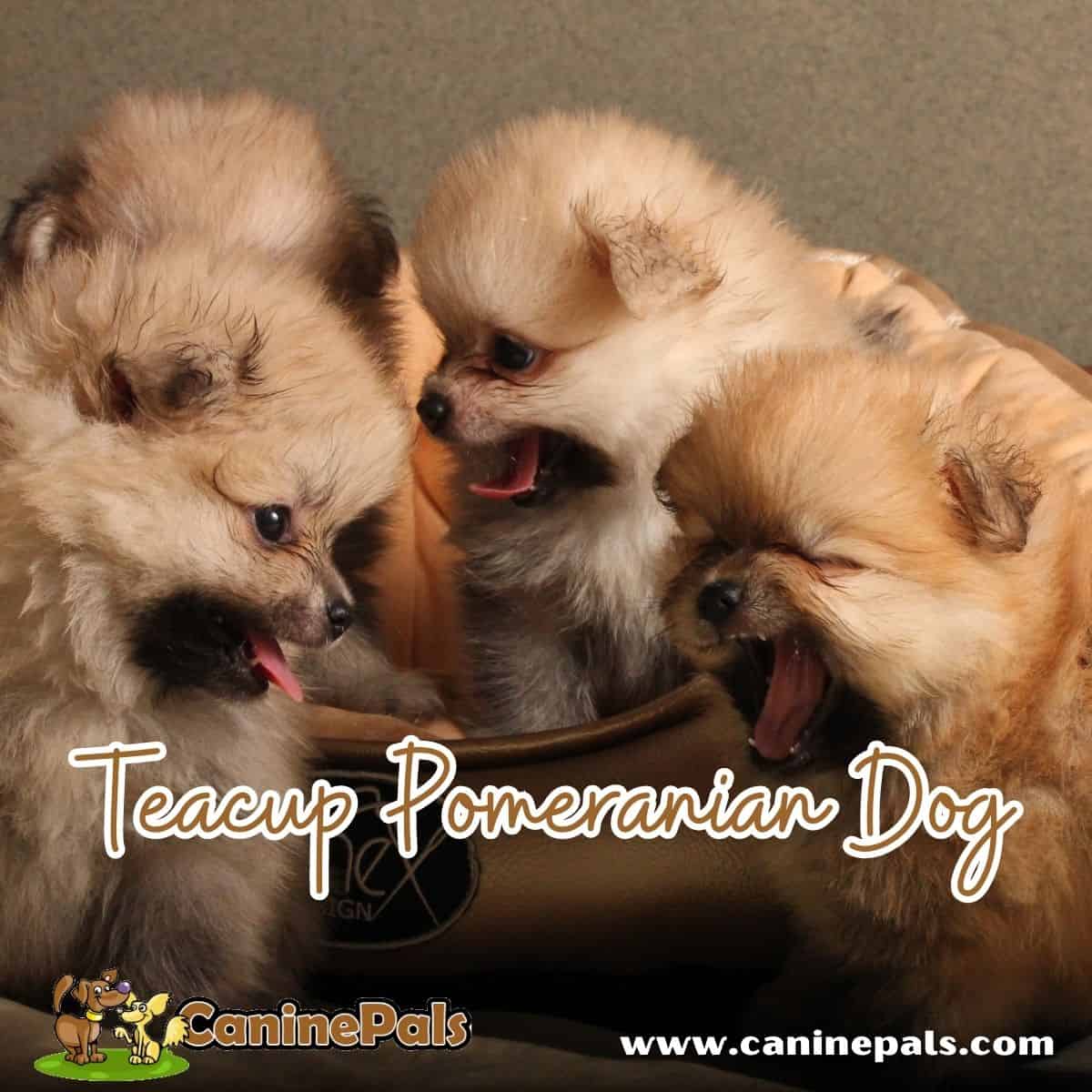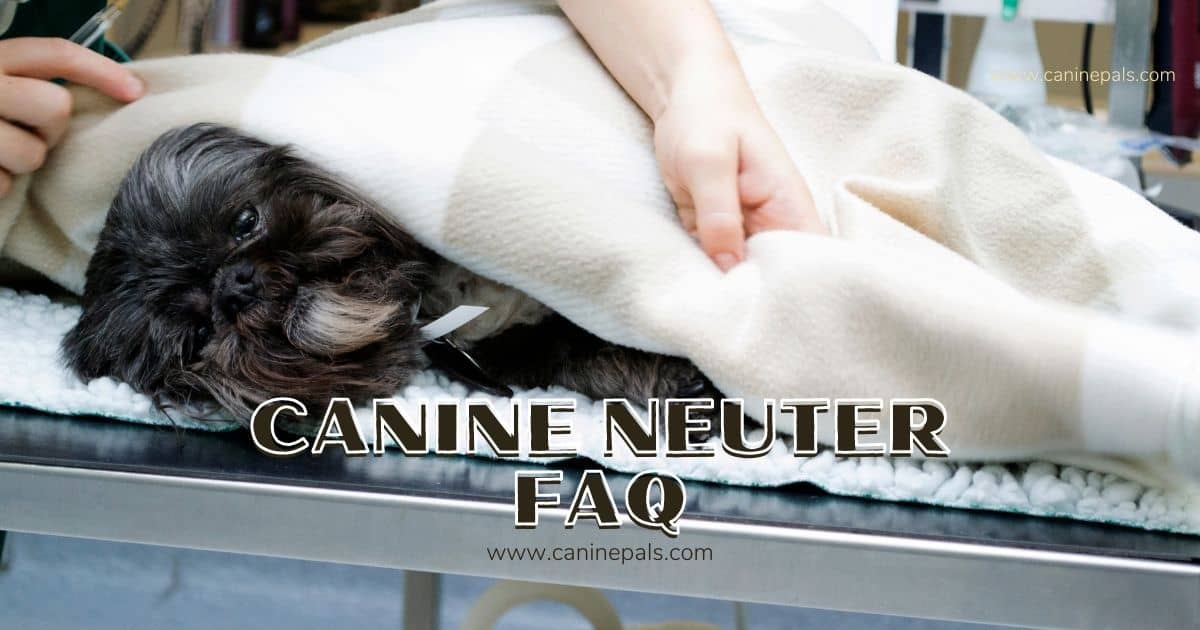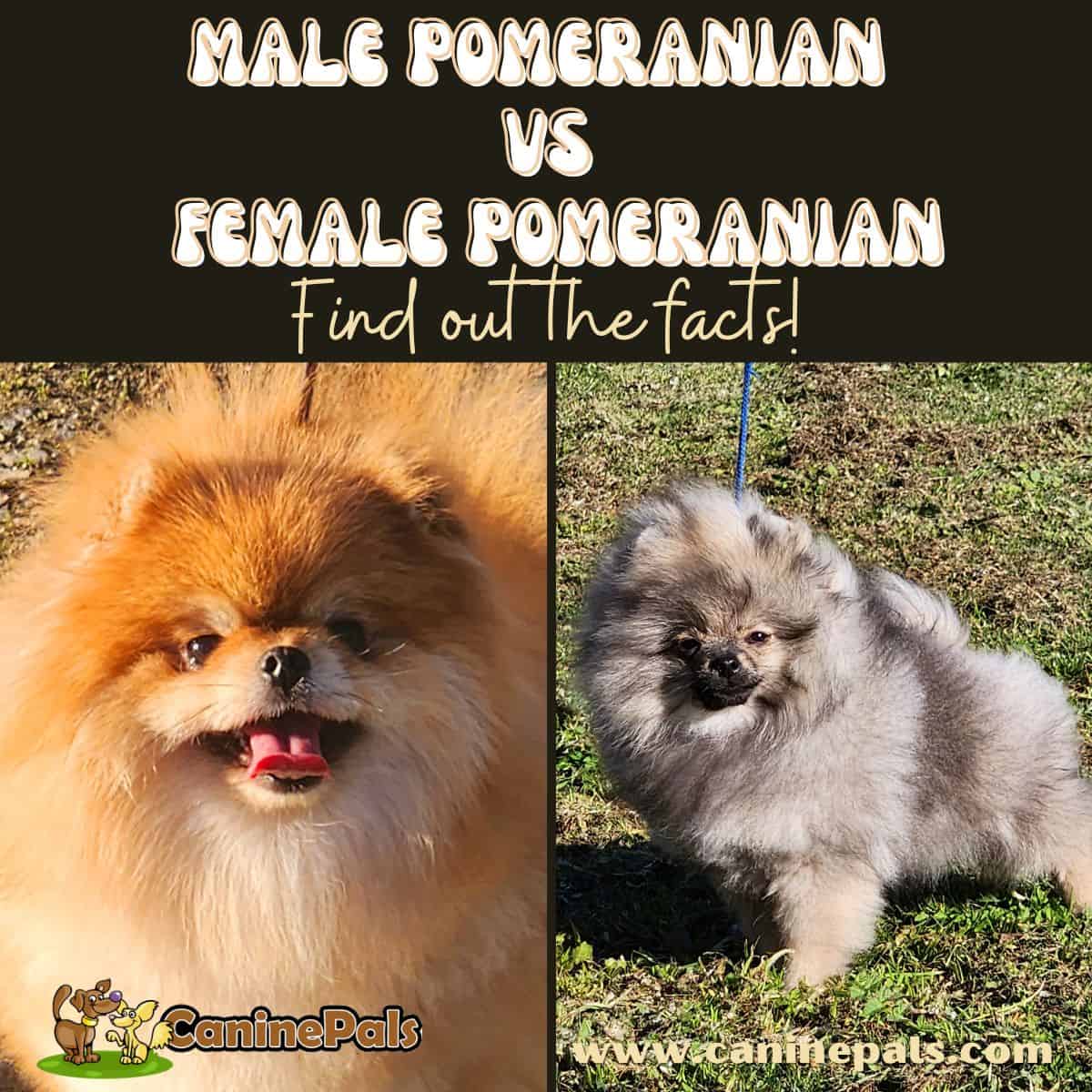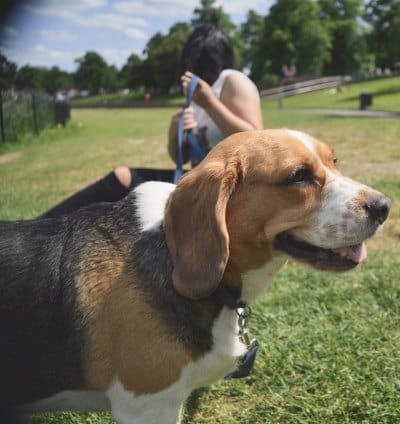Get to know everything about the teacup Pomeranian dog – from their personality traits and health concerns to tips on properly caring for them.
The Teacup Pomeranian is a tiny dog that stands out for its adorable fluffy body. They have a bold, curious, and alert nature. Being an interesting little dog, Teacup Pomeranians have recently gained huge popularity. Pomeranians are already adorable but are almost impossible to resist when they become pocket-sized.
The term “teacup” explains an unofficial size guide, falling just under the toy size to which regular Pomeranians belong. Teacup dogs are bred by breeders looking for a marketing edge and are not recognized as a dog breed by the American Kennel Club.
You might be wondering what this remarkable adorable dog has to offer. Well, this post will guide you through everything you need to know about Teacup Pomeranian.
Details of Teacup Pomeranian Size Explained
Most breeders won’t agree that Teacup Pomeranians are tiny versions of their breed’s standard-sized counterparts. A Teacup Pomeranian is not a recognized breed, and they have no official breed standards. These tiny dogs weigh seven pounds or less when fully grown.
Remember that the American Kennel Club and many other reputable breed organizations do not recognize teacups as an actual size standard. The correct show standard-sized Pomeranian should weigh between 3 and 7 pounds and is about 8 inches tall from the shoulders to the ground.
What is the Teacup Pomeranian Coat and Appearance?
Teacup Pomeranians look pretty much exactly how you would expect for them to look – too cute and adorable! The desired look is a thick double coat with a distinctive, fanned tail. They are known for their dark, alert eyes and delicate features.
Teacup Pomeranians will have the standard Pomeranian coat, which is a double coat with a fluffy undercoat and shiny outer coat.
They can come in many different, beautiful colors with nearly endless possibilities! Teacup Pomeranians come in a few popular coat colors including black, white, chocolate, blue, orange, red, and brindle.
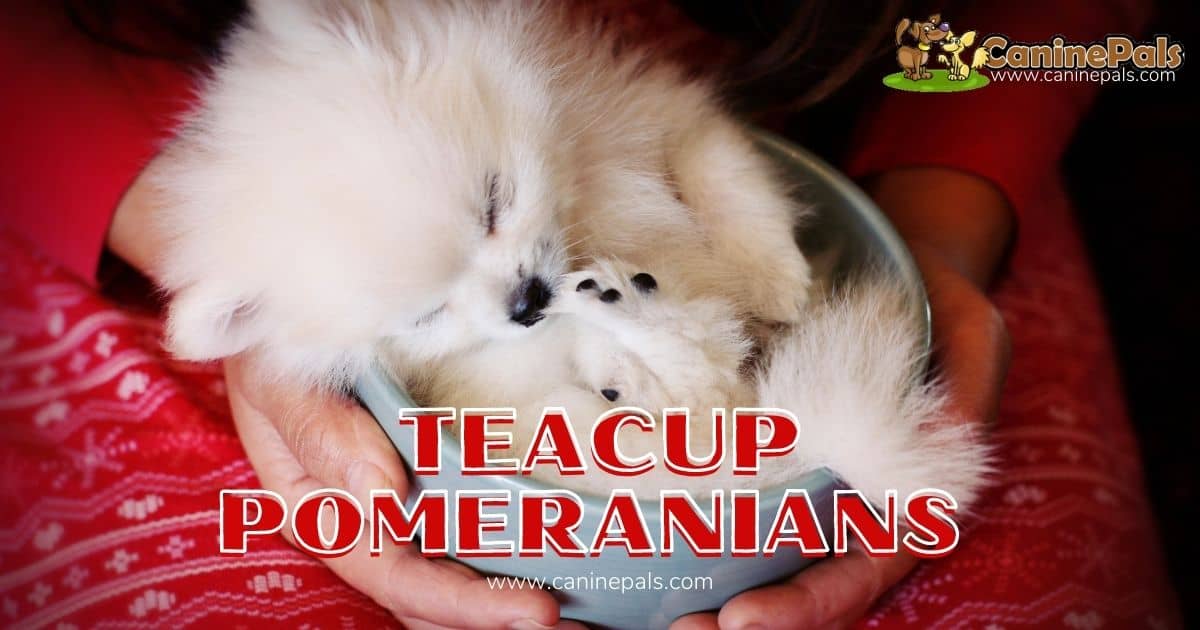
Why Breeding Teacup Pomeranians is Considered Controversial
Not everyone, including many vets, agrees that smaller Pomeranians are better. This is because when it comes to Poms and their health, size does matter. That’s why breeding Teacup Pomeranians has been an ongoing controversial trend amongst dog lovers, experts, vets, and breeders around the globe.
Teacup Pomeranians are typically bred on purpose for their adorable small size. Most of the time, Pom breeders will breed runts of litters to create extra small, pocket-sized Pomeranians who are under the normal size for their already small breed standard.
Unfortunately, runts of litter are usually small, weak, and underweight due to health problems or birth defects. Continuing to breed these teacup Pomeranians and pass on these unhealthy genes is considered unethical.
Teacup Pomeranians are notorious for serious health problems. They’re more prone to injury due to rough handling, accidental falls, or even minor spats with other pets.
Teacup Pomeranian Temperament
Does the Teacup Pom make a good family dog?
Teacup Pomeranians, commonly known as Teacup Poms, are small dogs with big personalities. They seem unaware of their small size and are very eager for adventures. Teacup Pomeranians can make good family pets but may not tolerate young kids.
Like the regular Pomeranian, the Teacup Pom can be a very good family dog for families with older and gentle kids. Teacup Pomeranians generally share the following personalities:
- Affectionate
Teacup Pomeranians are loving and cuddly little dogs. They need your attention and affection but offer unconditional love to their owners. Teacup Pomeranians enjoy cuddling up next to their owner.
- Great watchdogs
The Teacup Pomeranians are alert and aware of their surroundings. Like all Pomeranians, they are highly protective of their family and make great watchdogs. Teacup Poms really have no idea how small they are!
- Intelligent
Teacup Pomeranians are considered intelligent dogs. These little guys have a good memory and need mental stimulation to avoid mischievous and destructive activities.
- Barkers
Teacup Pomeranians are vocal dogs with high barking potential. They will bark every time someone approaches. You can train them to stop excessive barking and avoid unpleasant situations.
- Playful
Teacup Pomeranians are playful pups and love to spend time with their owners. Their playful antics often help them get all the adoration they crave.
- Unfriendly with kids
Teacup Pomeranians are often suspicious of small kids. They can be snappy toward other kids if not treated respectfully or gently. If you are looking for a breed that gets along with children, you might want to consider other breeds instead of the Teacup Pomeranian.
Some of the Teacup Pomeranians are mischievous, outgoing, and into everything. Many behavioral issues stem from a dog’s early upbringing. If socialized properly in puppyhood, Teacup Pomeranians make a wonderful family dog.

What Is A Teacup Pomeranian’s Average Lifespan?
The Teacup Pomeranian is prone to several health issues which could affect his lifespan. They are more at risk of passing away earlier due to illness or injury. According to most experts, Teacup Pomeranians have an average lifespan of only 7 – 9 years.
Teacup Pomeranian Health Issues
These sweet little dogs may be adorable but prone to many health issues. They can suffer throughout their lives due to questionable breeding standards and birth defects.
- Cryptorchidism: Male Teacup Pomeranians often suffer from Cryptorchidism. It’s a condition when one or both of the pup’s testicles fail to descend into the scrotum.
- Hypoglycemia: Teacup Pomeranians can suffer from a sudden drop in blood sugar levels, called hypoglycemia. It’s still important to recognize the symptoms of hypoglycemia in otherwise healthy Teacup Pom. The affected baby Teacup Pomeranian looks disoriented, is always sleepy, or becomes unresponsive and unconscious.
- Luxating Patellas: Luxating Patellas is a degenerative problem in Teacup Pomeranians due to the looseness of the kneecap. This happens when the muscles and the tendons that hold the kneecap of Teacup Pom in place become very weak. When the kneecap slips, it causes acute pain, lameness in the leg, or an abnormal gait in the Teacup Pomeranian.
- Dental Problems: A Teacup Pomeranian has a smaller mouth crowded with teeth. They are prone to a lot of tooth problems. Teacup Pomeranians also tend to do less chewing, and their roots are shorter.
- Heart disease: Heart disease is the abnormality of the heart of Teacup Pomeranian. It includes congenital abnormalities and physical structure, function, or electrical activity disorders.
- Hypothermia: These tiny dogs cannot regulate their body temperature and are prone to suffer from hypothermia. Teacup Pomeranians are sensitive to drops in temperature, especially when left in cold weather.
- Prone to Injury: A Teacup Pom’s tiny size can make it prone to injury. They are easy to overlook and can be stepped on and injured easily. Teacup Pomeranians have tiny bones that can be fractured easily. If the fall is serious, it could even be fatal.
- Tracheal Collapse: Collapsing trachea is a hereditary problem that happens when the trachea of Teacup Pomeranian becomes narrow due to the softening of the cartilage that holds the windpipe. This results in much coughing for the Teacup Pomeranian, further irritating and inflaming the throat.
There are other health issues a Teacup Pomeranian could experience in its lifetime. Some of these include severe or mild deafness, skeletal or cardiac issues, reproductive issues, and more.
How to Take Care of a Teacup Pomeranian
Taking care of your Teacup Pomeranians involves a lot of things, including feeding, grooming, training, and exercises.
Teacup Pomeranian Feeding
Feeding teacup dogs should be done 3-4 times a day. Some dog owners even find free-feeding a Teacup Pomeranian is better. The food requirements of a baby Teacup Pomeranian changes as they grow up. Clean and fresh water should be available to Teacup Pomeranians at all times.
How Much Exercise Does a Teacup Pomeranian Need?
Teacup Pomeranians may be small, but they still need exercise. They may not need as much exercise as their larger dog counterparts, but they’re still active and energetic dogs. Exercising your Teacup Pom will prevent health issues and reduce behavioral problems through fun activities.
They need regular exercise and physical activities to stay healthy and happy. Because they are so small, Teacup Pomeranians can also get adequate exercise through daily play. You can also take them for a daily walk to keep them healthy and happy.
Teacup Pomeranian Training
Teacup Pomeranians are intelligent but sometimes tend to be stubborn and independent, which makes training difficult. Patience, consistency, and reward-based training work best for Teacup Pomeranians. Being a tiny dog, harsh treatment, punishments, and yelling will only have negative consequences.
Teacup Pomeranians can be prone to boredom and separation anxiety if not properly trained and exercised.

Teacup Pomeranian Grooming
Teacup Pomeranians are moderate shedders and have soft and fluffy double coats. Teacup Pomeranians shed the same as the normal-sized Pomeranian dog. You can expect to find a lot of hair around the home. Let’s have a look at grooming Teacup Pomeranians:
- Teacup Pomeranians require daily brushing. This will help to remove dead fur and avoid mats and tangles.
- They need a few baths a month, only when needed. Frequent bathing strips the coat of oils that keep it healthy.
- Teacup Pomeranians’ teeth should be brushed daily. Brushing removes bacteria and tartar buildup. These tiny Teacup Poms are prone to dental problems.
- Teacup Poms’ nails should be trimmed every few weeks to avoid splitting and discomfort.
- Teacup Pomeranians’ ears should smell good with no unusual amount of wax.
- When you groom your Teacup Pomeranian, look inside its mouth and ears for signs of allergies or infection.
Regular grooming of your Teacup Pomeranian will help you detect potential health problems early.
Pomeranian History
Did you know this adorable small breed has a surprising heritage linked to large Icelandic sledding dogs? In the 1800s, they started gaining popularity among royal families, but Queen Victoria sparked the trend for smaller Pomeranians. Her own Pomeranian was even tinier than the average, which weighed around 30 pounds at the time.
The demand for smaller Pomeranians continues to rise. Pomeranians were recognized by the American Kennel Club in 1888, and by the 1900s, the adorable small Pomeranians we adore today became the breed standard. Most of these tiny dogs weigh less than 7 pounds.
Pros and Cons of Owning a Teacup Pomeranian
Teacup Pomeranian puppies are cute and adorable but have some health issues. Teacup Poms carry all the amazing traits that their standard-sized Pomeranian counterparts carry. It’s all packed into a much tiny package. Let’s take a look at some pros to own Teacup Pomeranian puppies.
- Teacup Poms are easy to travel with due to their small size
- They are spunky and outgoing and make spirited companions
- Teacup Poms need only moderate exercise
- They make excellent therapy dogs
- They are eager to please and entertaining to watch
Owning Teacup Pomeranians does come with its fair share of potential problems. Let’s take a look at some cons to own Teacup Pom puppies.
- Teacup Pomeranians have many serious health issues due to their small size
- Pomeranians, in general, can be stubborn and willful
- Teacup Poms can be more prone to serious injury due to their small size
- Grooming can be high-maintenance if their coats are left to grow long
- They have been known to snap and nip if handled too roughly
- Teacup Pomeranian puppies have a shorter lifespan than standard-sized Pomeranians

Wrapping Up
Of course, there’s nothing more fun and adorable than toting around a palm-sized Pomeranian. If you are thinking of getting a Teacup Pomeranian dog, prepare to spend a lot of time with your fur buddy. It’s hard not to fall in love with a cute Teacup Pomeranian dog.
More Pomeranian Information about Teacup Poms is available on the Pomeranian Resource Website.
Copyright CaninePals.Com. All Rights Reserved.
References and Further Reading:
[1] Official Standard of the Pomeranian (AKC). American Kennel Club, 2011.
[2] Official English Kennel Club Pomeranian Breed Standard, 2017.
[3] Kimbering Pomeranians “1891-1991”.
[4] Denise Leo, The Pomeranian Handbook.
[5] E.Parker, The Popular Pomeranian.
[6] L.Ives, Show Pomeranians. [7] L.Ziegler Spirer & H.F. Spirer, This is the Pomeranian.
[8] FEDERATION CYNOLOGIQUE INTERNATIONALE (FCI) German Spitz, including Keeshond and Pomeranian Breed Standards. PDF file.
The Pomeranian Handbook by Denise Leo


